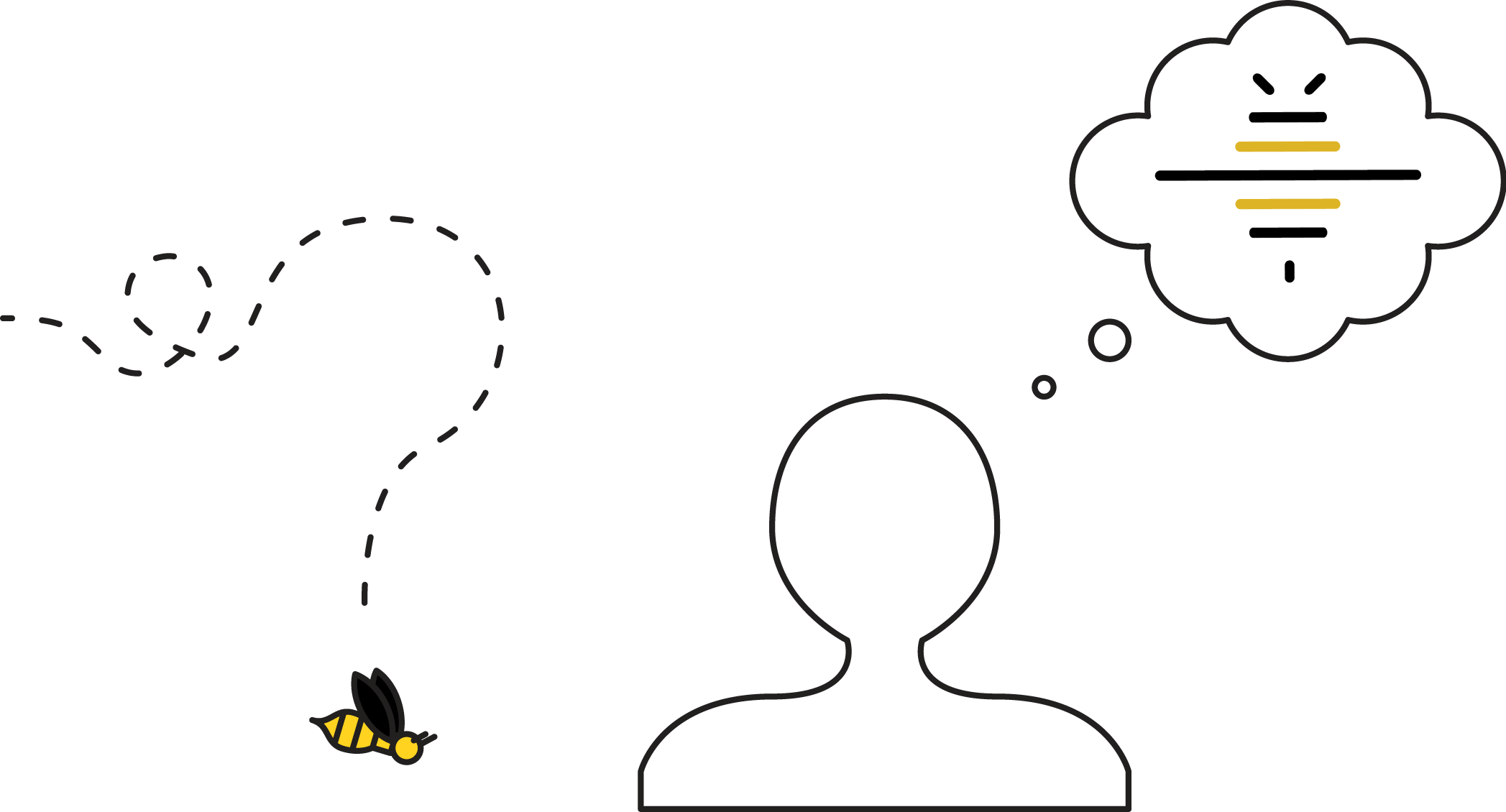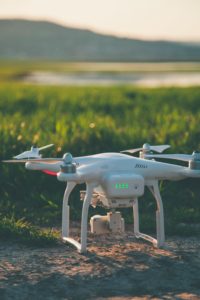Cargo Drones and Customs
Are cargo drones the future of international trade?
Google has their own division dedicated to improving the technology, and UPS recently received a license to operate an “unlimited number of drones.” Larger cargo drones — capable of carrying much heavier loads — are not yet operational but are projected to hit the market next year.

What this new mode of transport entails for international trade remains unclear, but the impact of thousands of new air consignments could be massive. Countries with a close proximity to each other like Canada and the US could see their trade relation change in unpredictable ways. A drone fleet’s ability to fulfill orders endlessly resembles the pipeline mode more than any other, which is currently only used by the energy sector.
We sent a request to the CBSA media relations team but have yet to hear back from them on how they plan to regulate unmanned vehicles and their commercial consignments. Assuming that the regulations are similar to those of other commercial vehicles, drone operators should prepare for the following when extending their routes internationally:
- Drone operators will require a carrier code (or 'SCAC' code)
- Pre-manifest information must be sent before each voyage
- For each consignment, a Customs release
- Random inspections or check-ins at sites designated by Customs
Given the complexity and pace of Customs transactions it may be a while before autonomous vehicles accelerate international trade. Some fast-moving individuals are already shaking up the cross-border scene with drones: CBP in the US recently busted a meth trafficker who attempted to fly his contraband over the US – Mexican border. Could Amazon be next?


